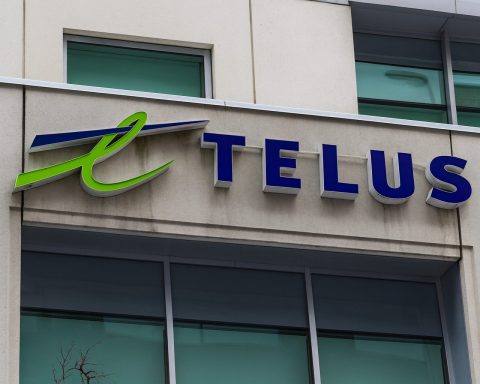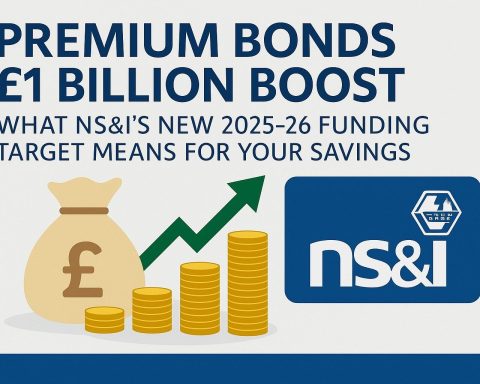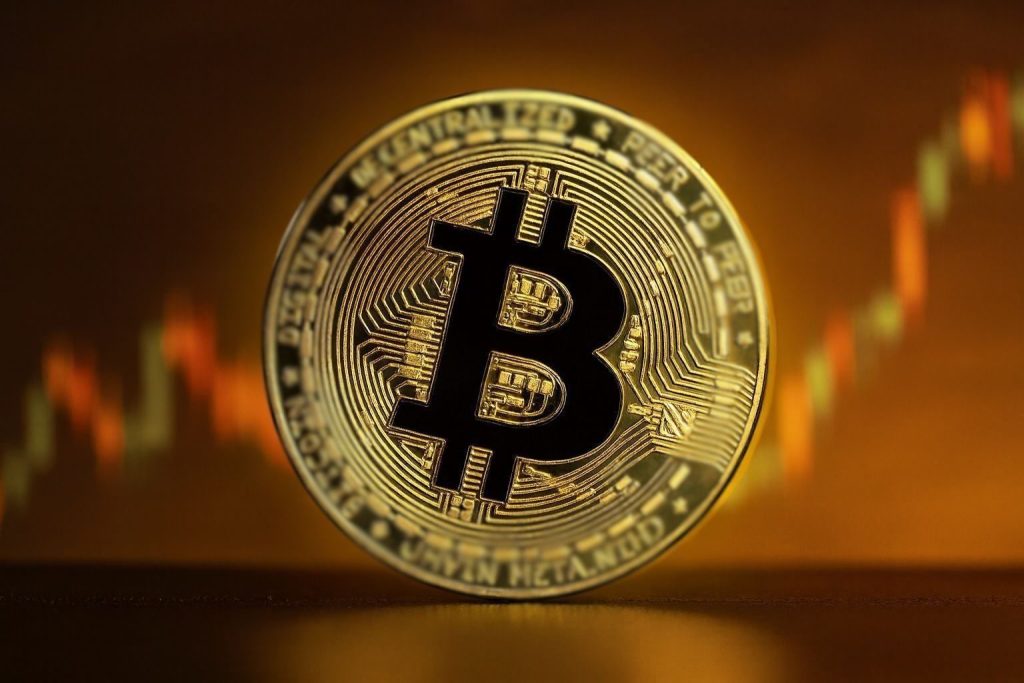Ethereum’s price today, November 28, 2025, is holding just above the psychologically crucial $3,000 level, trading around $3,030 at the time of writing. Across major data providers, ETH has spent the day in a tight band roughly between $2,990 and $3,080, ending slightly higher than yesterday and capping a roughly 7% recovery week from last week’s lows near $2,680. [1]
That price action comes at a highly charged moment for the market:
- The Fusaka network upgrade is scheduled for December 3. [2]
- Traders are positioning around a $15.1 billion options expiry for Bitcoin and Ethereum today. [3]
- Odds of a Federal Reserve rate cut on December 10 have surged to the mid‑80% range, while the U.S. Senate prepares a key vote on crypto regulation on December 8. [4]
In short: Ethereum is quietly coiled around $3,000 while both macro and on‑chain signals hint at a larger move ahead.
Ethereum price today: key numbers and market snapshot
Different data sources give slightly different readings depending on the exact timestamp, but they broadly agree on the same story:
- Spot price: around $3,030 per ETH
- 24‑hour change: roughly +1% versus yesterday, with some exchanges briefly showing dips below $3,000 during Asia and early Europe trading. Binance, for example, flagged a move down to $2,998.99 around 01:13 UTC. [7]
- 7‑day performance: about +7%, following a rebound from the November low around $2,680 and a breakout from a falling wedge pattern noted by technical analysts. [8]
- Market capitalization: roughly $360–365 billion, keeping Ethereum firmly in the #2 spot behind Bitcoin. One market tracker lists ETH’s market cap near $364 billion with a spot price around $3,028. [9]
Overall liquidity remains deep, with 24‑hour trading volumes in the tens of billions of dollars and derivatives activity elevated ahead of today’s options expiry. [10]
What is moving Ethereum on November 28, 2025?
Today’s Ethereum price is being shaped by three overlapping storylines: macro policy, derivatives positioning, and crypto‑specific regulation.
1. Fed rate‑cut expectations
Traders are intensely focused on the Federal Reserve’s final meeting of 2025, scheduled for December 10. According to CME FedWatch data cited in multiple market reports, the probability of a 25‑basis‑point rate cut has climbed into the 85–87% range—up sharply from around 30–40% just a week ago. [11]
Lower rates typically weaken the U.S. dollar and support “risk assets” like tech stocks and cryptocurrencies. Ethereum’s short‑term correlation with major equity indices remains high, so expectations of easier monetary policy are helping keep ETH anchored above $3,000 despite recent volatility. [12]
2. U.S. Senate crypto bill
On December 8, the U.S. Senate is set to vote on a long‑discussed crypto regulatory framework that would more clearly divide digital assets between commodities (under the CFTC) and securities (under the SEC). [13]
Analysts note that a market‑friendly version of this bill could:
- Clarify tax treatment for crypto transactions
- Smooth the path for new spot ETFs beyond Bitcoin and Ethereum
- Encourage larger institutional allocations to ETH and other major coins
While traders assign a roughly 70% probability that the final bill will be industry‑supportive, that still leaves room for disappointment. As a result, some market participants prefer to stay hedged around $3,000 rather than chase a breakout before the vote. [14]
3. Options expiry: $15.1 billion “quake”
Today also marks the expiry of a large batch of Bitcoin and Ethereum options on Deribit, the leading crypto derivatives exchange. Around $15.1 billion in notional options value is scheduled to roll off, including about $1.7 billion in ETH options. [15]
For Ethereum specifically:
- Put/Call ratio: roughly 0.48, suggesting more calls (bullish bets) than puts.
- Max pain level: around $3,400, the price at which options buyers suffer the largest aggregate loss and sellers fare best. [16]
With spot ETH trading around $3,000—below the max‑pain level—there’s room for short‑term price “gravity” as hedges are unwound and positions rolled into December. But options flows do not guarantee a move; they merely highlight where pressures cluster.
On‑chain data: exchange reserves, whales, and ETF flows
Beyond daily price ticks, November 28 is notable for a convergence of on‑chain and institutional signals that point to a tightening supply of liquid ETH.
Exchange balances are dropping to multi‑year lows
Analysts tracking exchange wallets report a sharp drop in the amount of ETH available on centralized trading platforms:
- One study shows exchange reserves falling from around 20.9 million ETH in July to 16.8 million ETH, a multi‑year low. [17]
- Another report highlights a separate cut in listed ETH balances—from 2.77 million to 1.41 million ETH this week—described as a “massive” outflow from trading venues into self‑custody or staking. [18]
Lower exchange balances usually imply less immediate selling pressure, since coins in cold storage or staking contracts are harder to dump quickly. That supply squeeze narrative is one reason ETH has recovered more than 7% from last week’s lows despite mixed macro headlines. [19]
Large buyers: from BitMine to broad “whale” accumulation
Whales—large holders capable of moving the market—have been particularly active:
- Crypto mining and infrastructure firm BitMine reportedly purchased 14,618 ETH (around $44 million) as part of an ongoing accumulation strategy, even as the spot price hovered near $3,000. [20]
- Another analysis from Pintu describes a broader “$4 billion Ethereum buyout”, arguing that heavy dip‑buying around and below $3,000 triggered a wave of accumulation after ETH briefly broke under that level. [21]
Whale order‑book heatmaps show substantial bid interest between roughly $2,750 and $2,850, an area where price recently dipped and then rebounded, suggesting that large buyers were ready to absorb selling in that zone. [22]
ETF flows: conflicting signals, but a tilt back to inflows
On the institutional side, spot Ethereum ETFs have had a choppy month:
- In early November, Ethereum spot ETFs such as BlackRock’s ETHA and Fidelity’s FETH drew more than $175 million in net inflows, even as ETH’s price slid about 30% from earlier highs. [23]
- A detailed market review notes that across the week, spot Ether ETFs added around $236 million after three weeks of cumulative outflows near $1.7 billion. [24]
- Not every product is attracting capital: one U.S. Ethereum ETF saw a $2.2 million daily outflow on November 25. [25]
- Indonesian exchange Pintu reports that on November 26 alone, spot ETH ETF products recorded $60.82 million in inflows—four straight days of net additions. [26]
Taken together, these flows suggest that institutional demand is returning, but unevenly. Some funds are still losing capital, while others—especially larger, lower‑fee products—are becoming preferred vehicles for gaining ETH exposure.
Technical picture: the $3,000 pivot and long‑term trendline
From a charting standpoint, today’s price action continues a pattern that technicians have been tracking for weeks.
Long‑term trendline retest
A widely shared analysis highlights Ethereum trading near a multi‑year trendline that has acted as support across several market cycles dating back almost a decade. [27]
Key points from that analysis:
- ETH is moving inside a long‑standing “green zone” that has repeatedly corresponded to cycle lows.
- Over the last seven days, ETH is up about 7%, despite a minor dip over the last 24 hours—consistent with previous “retest then expansion” patterns. [28]
- Indicators such as the Relative Strength Index (RSI) and MACD are starting to shift from deeply bearish to more neutral or slightly positive readings, hinting that downside momentum may be fading. [29]
Key support and resistance levels
Different analysts cluster around similar price zones:
- Short‑term support:
- Immediate resistance:
At the moment, Ethereum is effectively boxed in between the high‑$2,000s support zone and the low‑$3,000s resistance band, with $3,000 itself functioning as a psychological and technical pivot.
Fusaka upgrade and gas‑limit raise: why fundamentals matter for price
The price conversation today is inseparable from the network’s looming Fusaka upgrade and the recent gas‑limit increase.
Gas limit raised to 60 million
In the days leading up to November 28, Ethereum core developers approved a block gas‑limit increase to 60 million, up from the prior level, in a move explicitly framed as preparation for Fusaka. [34]
A higher gas limit means:
- More computation and data per block
- Higher raw throughput for the base layer
- A better environment for Layer‑2 rollups that already handle much of Ethereum’s transactional load
Commentators note that this change is arriving just as the network gets ready for a more profound scaling upgrade.
Fusaka upgrade on December 3
The Fusaka (sometimes stylized Fusako) upgrade—scheduled for December 3—targets both the execution and consensus layers of Ethereum. [35]
Key features include:
- PeerDAS (peer‑to‑peer data availability sampling): distributes data‑availability responsibilities across randomized node sets, with the aim of increasing data capacity by up to 8×, according to project documentation cited by market analysts. [36]
- Cheaper Layer‑2 posting fees: by making data availability more efficient, rollups should be able to post state updates more cheaply, ultimately lowering fees for end‑users on L2 networks. [37]
- Better conditions for DeFi, gaming, and RWA (real‑world asset) protocols, which rely on high throughput and predictable costs. [38]
Analysts differ on how much of this is already “priced in,” but most agree that Fusaka strengthens Ethereum’s long‑term investment story, even if the short‑term price reaction is muted.
Short‑term Ethereum price outlook: scenarios around $3,000
Forecasting any cryptocurrency is inherently uncertain, but today’s data allows a few reasonable scenarios for the weeks around November 28.
Bullish case: breakout toward $3,300–$3,500
The bullish thesis for Ethereum over the near term typically rests on:
- A clean break above $3,100–$3,200 with strong volume
- Continued ETF inflows, especially into large, low‑fee spot products [39]
- A market‑friendly Senate bill and an actual Fed rate cut on December 10
Under this scenario, many technical and options‑based analyses see room for a move toward $3,300–$3,500 as the next cluster of resistance. [40]
Some high‑profile strategists are even more optimistic. Tom Lee, a long‑time crypto bull, has floated scenarios where Ethereum could reach $7,000 by early 2026, nearly a 150% gain from current prices, assuming ETF demand accelerates and broader markets cooperate. [41]
Those projections are speculative and depend on many moving parts, but they show how far the upper end of sentiment has shifted after October’s washout.
Neutral / range‑bound case: extended consolidation
A more conservative view sees Ethereum:
- Trapped between roughly $2,800 and $3,200
- Reacting to each macro headline (Fed, Senate bill, ETF flows) without a decisive trend
In this path, fusaka’s benefits unfold gradually in user metrics and Layer‑2 activity rather than sparking an immediate price spike. High options open interest and mixed ETF flows could reinforce choppy, sideways action into year‑end. [42]
Bearish case: breakdown toward $2,600–$2,700
The bearish scenario generally requires at least one of the following:
- A negative surprise from the Senate vote (e.g., harsher‑than‑expected rules or prolonged uncertainty) [43]
- The Fed delaying or softening its expected rate cut, sending yields higher again [44]
- Renewed ETF outflows and risk‑off sentiment across crypto
In that case, technicians point to the $2,900–$2,950 band as the first key support. A sustained break below could reopen the path toward $2,700–$2,600, where Ethereum recently found buyers during the November mini‑crash. [45]
However, the combination of shrinking exchange supply and visible whale bids in the high‑$2,000s suggests that any retest of those levels may attract aggressive dip‑buying, at least on the first attempt. [46]
Key things for traders and investors to watch after today
Whether you’re an active trader or a longer‑term investor following Ethereum price today, several near‑term catalysts stand out:
- December 3 – Fusaka upgrade: Watch for any technical issues, changes in gas fees, and early data on Layer‑2 throughput. [47]
- December 8 – U.S. Senate vote: The final wording of the crypto bill could influence how aggressively institutions adopt ETH via regulated products. [48]
- December 10 – Fed meeting: Confirmation (or not) of the widely anticipated rate cut will shape risk appetite across all markets, not just crypto. [49]
- ETF flow data: Daily flow numbers for the main Ethereum spot ETFs will remain an important barometer of institutional sentiment. [50]
- Options positioning: Changes in ETH options open interest, put/call ratios, and max‑pain levels after today’s expiry could shift how traders hedge going into year‑end. [51]
For now, Ethereum’s price today reflects a market balanced on a knife‑edge: solid on‑chain accumulation, renewed ETF demand, and a major upgrade on the horizon—all offset by macro uncertainty and the ever‑present possibility of another volatility spike.
Important note
This article is for informational and news purposes only and does not constitute investment, trading, or financial advice. Cryptocurrencies are highly volatile, and you should carefully assess your risk tolerance and, where appropriate, consult a qualified financial professional before making any investment decisions.
References
1. twelvedata.com, 2. pintu.co.id, 3. en.bitcoinsistemi.com, 4. 99bitcoins.com, 5. ycharts.com, 6. twelvedata.com, 7. www.binance.com, 8. coincentral.com, 9. www.coinfi.com, 10. cryptopotato.com, 11. 99bitcoins.com, 12. 99bitcoins.com, 13. 99bitcoins.com, 14. 99bitcoins.com, 15. en.bitcoinsistemi.com, 16. en.bitcoinsistemi.com, 17. coincentral.com, 18. pintu.co.id, 19. coincentral.com, 20. coincentral.com, 21. pintu.co.id, 22. cryptopotato.com, 23. www.bitget.com, 24. coincentral.com, 25. blog.mexc.com, 26. pintu.co.id, 27. cryptopotato.com, 28. cryptopotato.com, 29. cryptopotato.com, 30. pintu.co.id, 31. cryptopotato.com, 32. pintu.co.id, 33. en.bitcoinsistemi.com, 34. coinpaper.com, 35. pintu.co.id, 36. pintu.co.id, 37. pintu.co.id, 38. pintu.co.id, 39. coincentral.com, 40. pintu.co.id, 41. cryptorank.io, 42. www.bitget.com, 43. 99bitcoins.com, 44. 99bitcoins.com, 45. pintu.co.id, 46. pintu.co.id, 47. pintu.co.id, 48. 99bitcoins.com, 49. 99bitcoins.com, 50. coincentral.com, 51. en.bitcoinsistemi.com










